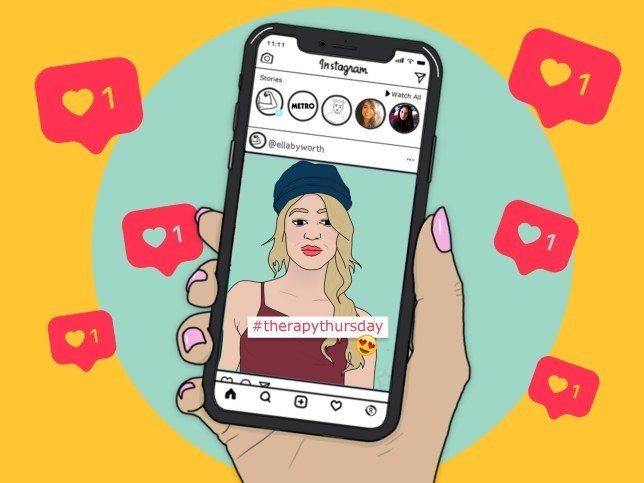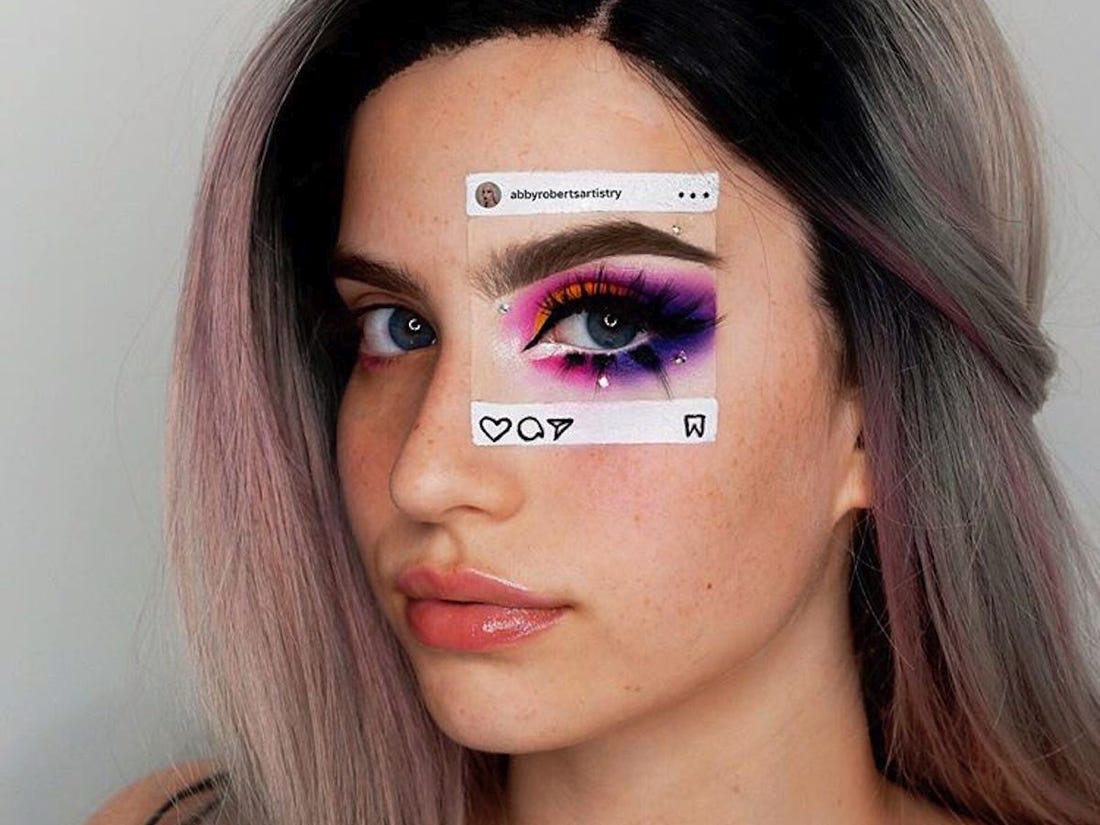Here in the next part of this series, we will walk through how influencer marketing will change in 2020.
instagram followers
Keep reading to know more tips to create an influencer marketing strategy.
In this post, we will provide you with knowledge about how to create an effective influencer marketing strategy. But first, let’s explore the way to find the suited influencers for your brand.
To continue, we will explore 5 types of Instagram influencers that you may work with in 2020.
1. Micro-Influencer
Have you ever purchased something because a well-known person you admire used the product or service? There is a marketing strategy called Instagram Influencer marketing that we will walk through in this completed series. Let’s jump into!
Have you ever bought yourself a new waterski because a professional water skier and micro-influencer, Whitney McClintock, shared a video on Instagram of herself using the ski.
Imagine, you were in the market for a new ski and followed Whitney for quite some time. You figured since she used this particular ski, you should too — if Whitney promotes it, why wouldn’t you love it?
But, did Whitney’s post get you to buy the ski? Oh, yeah. (And you do love your new ski for those of you wondering.)
This is just one example of a tactic used by businesses across virtually every industry called Instagram influencer marketing.
Keep informed with these latest updates from Instagram.
From new formats of Instagram ad to Instagram Shop upgrades, Instagram is constantly introducing new features for marketers. But if you don’t know about them, you can’t take advantage of them.
Stay up-to-date with tons of Instagram trends and give your marketing strategy that extra edge.
Here are the new Instagram updates for September 2020.
Keep reading to explore more of 10 best Instagram practices in 2020.
5. Rock those Instagram Stories
One of those 10 Instagram best practices in 2020 is Instagram Stories. They show photos or short video that appear at the top of their feed for 24 hours. Stories might contain text, links, and even GIFs.
Instagram best practices continue to change in 2020. As new advertising, creative, and sales tools come online, brands are exploring more and more new ways to engage users. For breakout success in 2020, you’ll need to keep up with the latest trends and take full advantages of what Instagram has to offer.
Just consider what your brand is up against.
Last year, businesses spent roughly $20 billion to advertise on Instagram. That’s $5.1 billion more than YouTube earned in 2019. This year, competition for Instagram users’ attention and loyalty will only grow more intense. Instagram Stories alone is expected to earn $1.7 billion in sales in 2020—with 150% revenue growth year over year.
If you currently use or consider to use Instagram for business, best practices in this post will give you inspiration. Let’s explore these 10 best Instagram practices – key to improving your results in 2020.
One of my favorite quotes from Helen Keller “Life is either a daring adventure or nothing at all”. It is the reason why more and more people spend more time traveling and exploring new things around the world. Wherever they go through, they keep all of their memories and experiences in photos, then share with their friends, family, and even people who have the same interest as traveling. As a result, Instagram – one of the biggest social media platforms about visuals has become a global place for many travelers to share their spirit and journey. Then, in case you’re a travel blogger and haven’t begun to share your world on Instagram, what are you waiting for? Let’s create your travel blog on Instagram right now!
Keep reading to know more 4 reasons why celebrities are always better than brands on Instagram.










